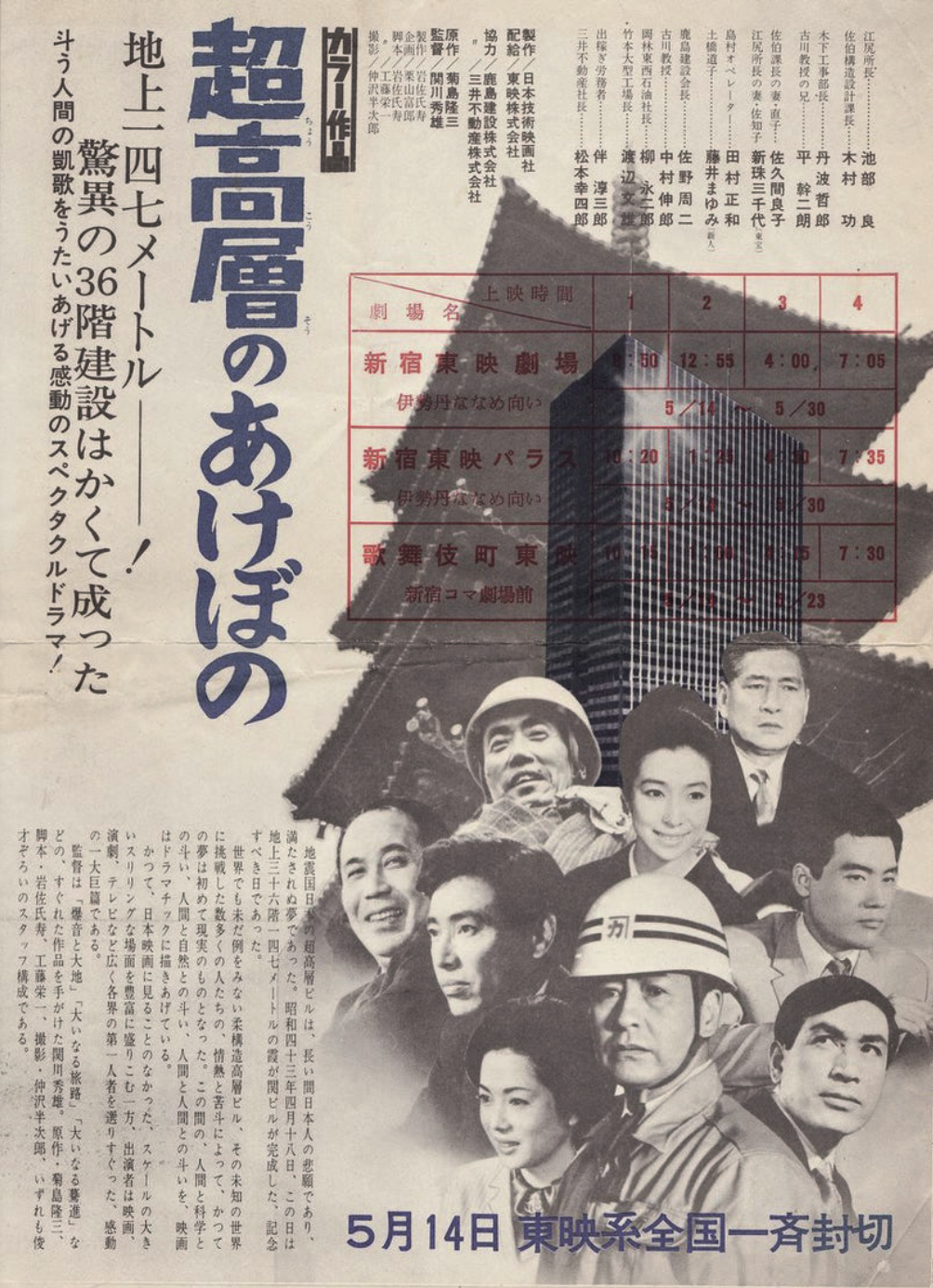Transformers: Intermedia Architecture in Japan
Main Article Content
Abstract
General contractors in Japan such as the Kajima Corporation are not just construction companies but also multimedia conglomerates. This article considers the ways that companies like Kajima facilitate the intermedia movement of architecture from the design office into manga, and back again. First, it introduces the contours of what will be defined as the “architecture system”, a network of corporations and architects that have helped transform and popularize architectural media since the 1960s. Next, it considers how specific architectural representations, such as floor plans, have migrated into novels and “architecture manga”, emphasizing how successfully the architecture system has saturated everyday life. Lastly, addressing the recent work of Kengo Kuma, the article offers an example of how architecture’s intermedia splintering feeds back into contemporary practice. With a focus on corporate collaboration and the economic realities of building in Japan, this article argues architecture’s intermedia condition is created by interested parties out of the excesses of construction, turning architecture into a commodity and commodities into architecture.
Image : Advertisement for Chōkōsō no Akebono (“Dawn of the Skyscraper”), 1969. © K-PROVISON Co., Ltd. All Rights Reserved.
Article Details

This work is licensed under a Creative Commons Attribution-NonCommercial-NoDerivatives 4.0 International License.

